Renowned for its pristine white beaches, enchanting bioluminescent bays, and rum, Puerto Rico is a captivating island. Often referred to as the Island of Enchantment, Puerto Rico also boasts a vibrant artistic scene. A rich blend of Western, Indigenous, and African influences has created a style of art that is both vibrant and distinctive, shaping a colorful and exceptional visual heritage. In this article, we will take a look at the 7 Most Famous Artists From Puerto Rico.
Rafael Tufino
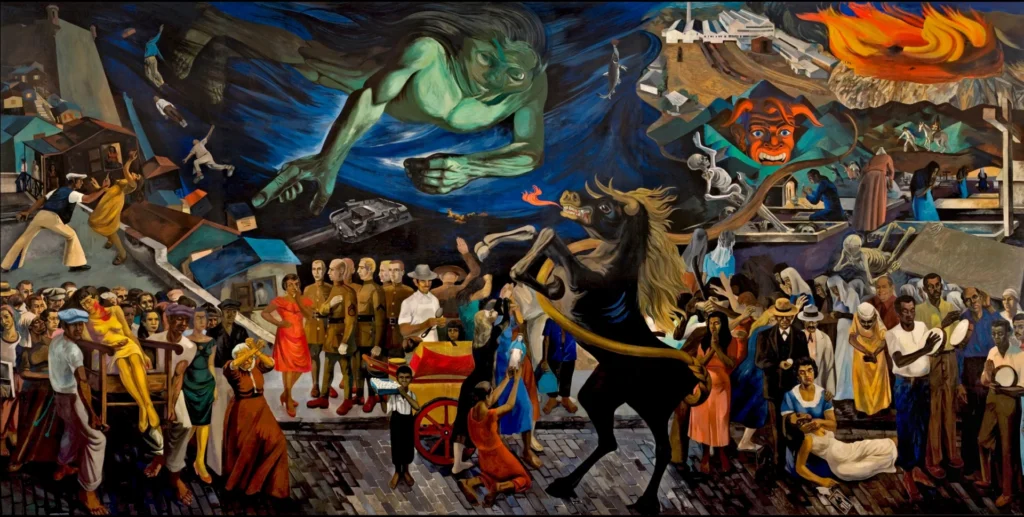
Rafael Tufino Figueroa, acclaimed as the “Painter of the People,” was a notable Puerto Rican artist and cultural icon. Born in 1922 in Brooklyn, New York, he moved to Puerto Rico at 10, refining his artistry under the guidance of Puerto Rican artist Antonio Maldonado.
Serving in the US Army from 1943 to 1946, Rafael Tufino developed his early drawings. Using the GI Bill, he studied painting and engraving at Mexico’s San Carlos Academy, influenced by Taller de Gráfica and other popular Mexican artists.
Returning to Puerto Rico in 1949, Tufino joined DIVEDCO’s Graphic Arts Workshop, contributing to health education initiatives. A leading figure in Puerto Rico’s Generación de los Cincuentas, he painted portraits, landscapes, and daily life scenes, notably portraying Puerto Rico’s agricultural workers and advocating for social justice.
Tufino’s legacy also includes fostering art in communities, co-founding Taller Boricua in 1970, and advocating for El Museo del Barrio’s creation. Recognized for his dedication, he received a lifetime achievement award from the National Arts Club in 2003.
Jose Campeche
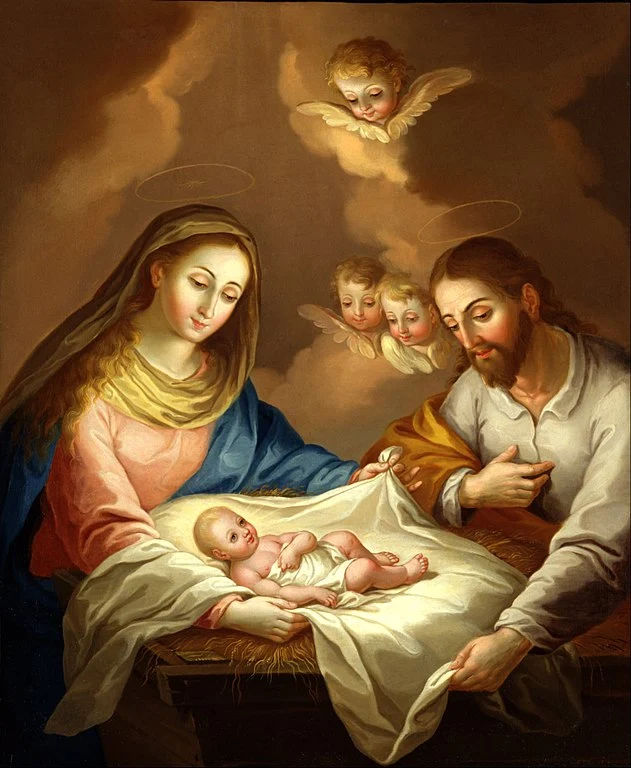
Jose Campeche y Jordán stands as the first recognized Puerto Rican visual artist, earning acclaim from art experts as a premier rococo artist in the Americas. Born in San Juan, Puerto Rico, to Tomás Campeche (1701–1780) and María Jordán y Marqués, his father was a gilder skilled in restoring and painting religious statues, influencing young Campeche’s artistic inclinations. With a heritage of mixed Puerto Rican and Canary Islands origins, he was classified as a mulato.
Campeche’s legacy predominantly revolves around his religious paintings and portraits of Puerto Rico’s aristocracy. His artistic prowess places him among the finest exponents of Rococo art in the Americas. Notably, his journey is inspirational—a child of a former slave who secured his freedom, Campeche emerged as a leading Afro-Caribbean artist, showcasing remarkable talent and defying social barriers.
Francisco Oller
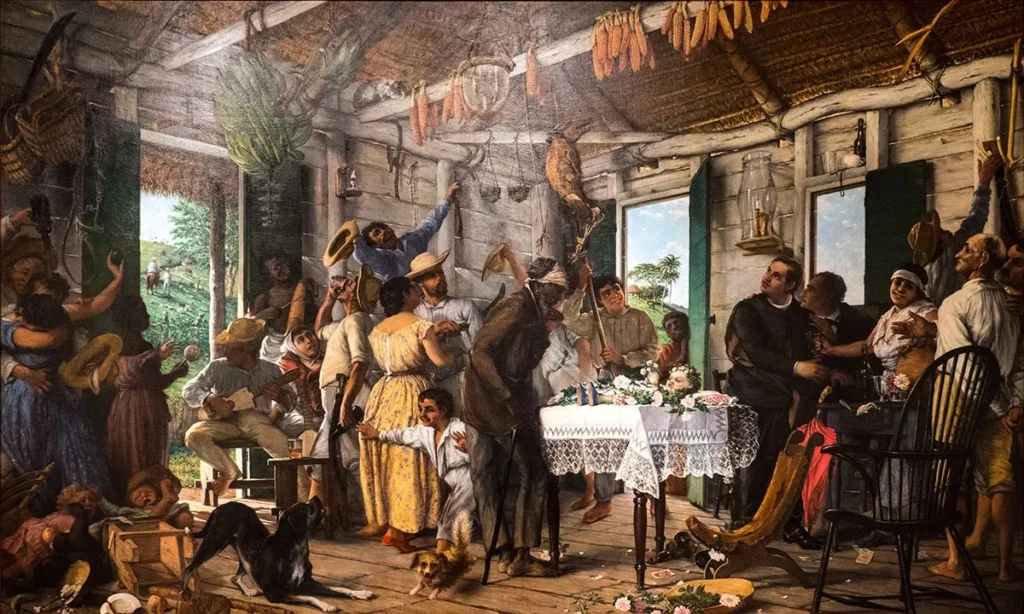
Francisco Oller emerged as a highly influential Latin American artist in the 19th century, gaining prominence through his pioneering role in the Impressionist movement. Educated in France, he collaborated closely with Impressionist pioneers during his nearly two-decade European sojourn. Through these experiences, Oller engaged in a lively exchange of aesthetic ideas, crafting his unique brand of international modernism while addressing distinctive Caribbean social concerns.
During his three journeys to Paris, Oller associated with figures like Paul Cézanne, fellow Caribbean artist Camille Pissarro, and members of Impressionist and Post-Impressionist circles. A significant presence in the Realism movement, Oller carried these styles back to Puerto Rico. His work, notably the renowned painting “El Velorio,” portraying an infant’s wake, is celebrated for its excellence and is regarded as a national treasure in Puerto Rico.
Ramon Frade
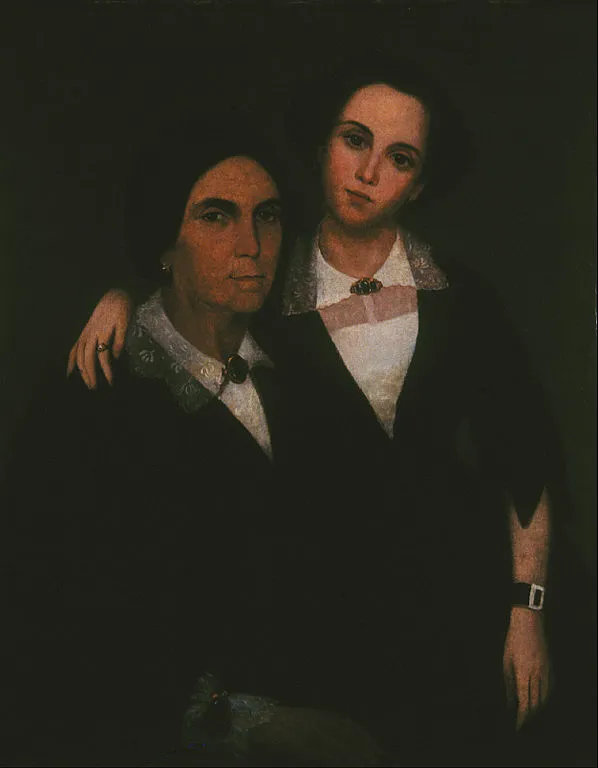
Ramón Frade de Leon, a Puerto Rican visual artist and architect, skillfully captured the 20th-century Puerto Rican life in his realist paintings. Born on May 12, 1875, in Cayey, Puerto Rico, he faced early hardships, being adopted by Spanish nationals Nemesio Laforja and his wife, who settled in Santo Domingo, Dominican Republic.
Educated in Europe and under Dominican artist Luis Desangles, he initially depicted Roman ruins in Italy. Notably, from 1896 to 1902, he painted colonial scenes in the Dominican Republic and Cuba. His masterpiece, “El Pan Nuestro de Cada Día,” along with works like “La Planchadora,” “El Niño Campesino,” and “La Inmaculada,” reflect his focus on the Puerto Rican campesinos’ life.
Miguel Pou
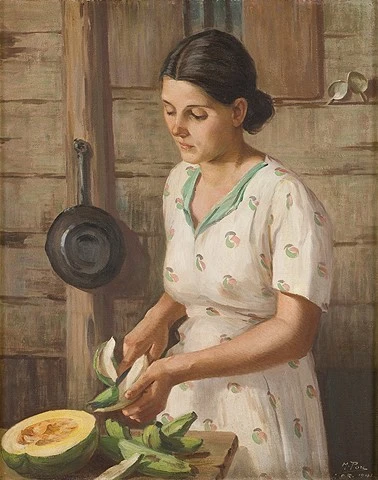
Miguel Pou Becerra, a Puerto Rican painter renowned for his oil canvas creations, skilled drafting, and teaching, stands as a notable figure on this list. After graduating with a Bachelor of Arts from the Provincial Institute of Ponce in 1898, he embarked on a teaching career within the Department of Education. Often hailed alongside José Campeche and Francisco Oller, he’s recognized as one of Puerto Rico’s grand masters.
Pou’s artistic style is characterized by its impressionistic essence, often capturing the daily routines of ordinary Puerto Ricans. His art serves as a time capsule, preserving the culture and essence of early twentieth-century Puerto Rico. Pou’s legacy also encompasses education; he established an art school in Ponce, shaping and inspiring some of the most remarkable talents in Puerto Rican art history.
Myrna Báez
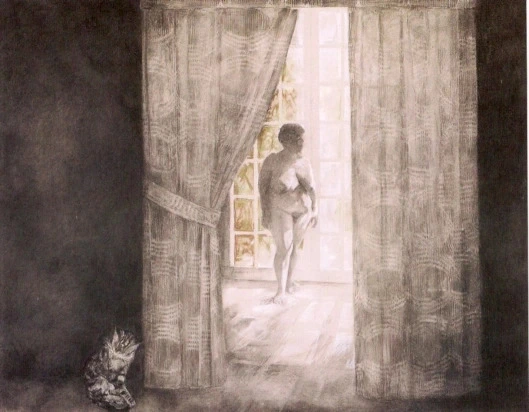
Myrna Báez, born on August 18, 1931, was a prominent Puerto Rican painter and printmaker, who held a significant place among the country’s visual artists. A stalwart advocate for art and art education, she played a crucial role in nurturing these fields in her homeland. Puerto Rico boasts a vibrant legacy of modernist art, and within this context, Myrna Báez’s creations shine as prime examples of Puerto Rican modernism.
Having studied in Spain, Báez drew inspiration from impressionism, surrealism, and even elements of cubism. Her works are marked by a distinct exploration of light and color, delving into the psychological dimensions of Caribbean existence. Beyond her artistic endeavors, Báez emerged as a key voice in Puerto Rico’s quest for independence, a staunch advocate for women’s rights, and a vital supporter of art education.
Ramón Atiles y Perez
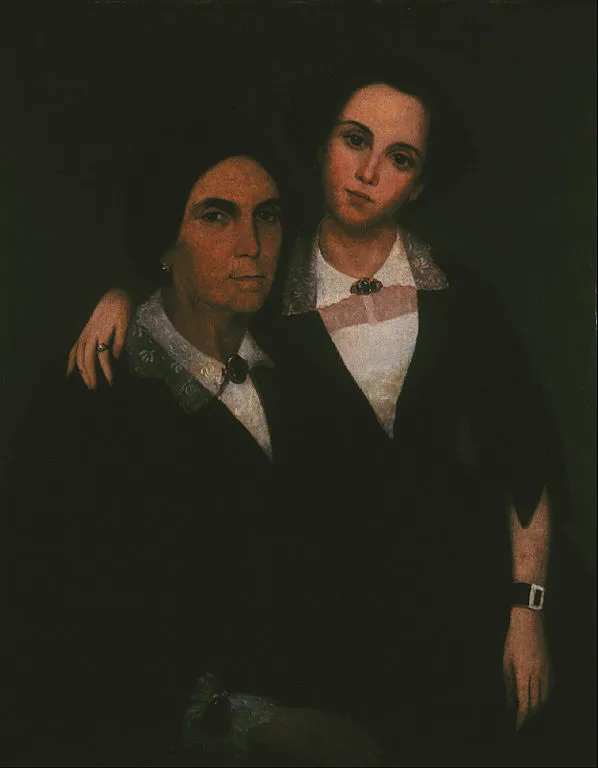
Ramon Atiles y Perez was born in Ponce, Puerto Rico in 1804. He stands as a remarkable painter celebrated for his skillful creation of miniature portraits depicting bourgeois subjects. He followed in the artistic footsteps of José Campeche, with a known self-portrait copy by Atiles himself.
Alongside Francisco Oller, he holds the distinction of being one of the most prominent Puerto Rican painters of the 19th century. His artistic legacy finds its place in notable private and public collections, including the Museo de Arte de Puerto Rico and the Smithsonian American Art Museum.
Also Read: 5 Most Famous Artists From Bolivia (And Their Artworks)
